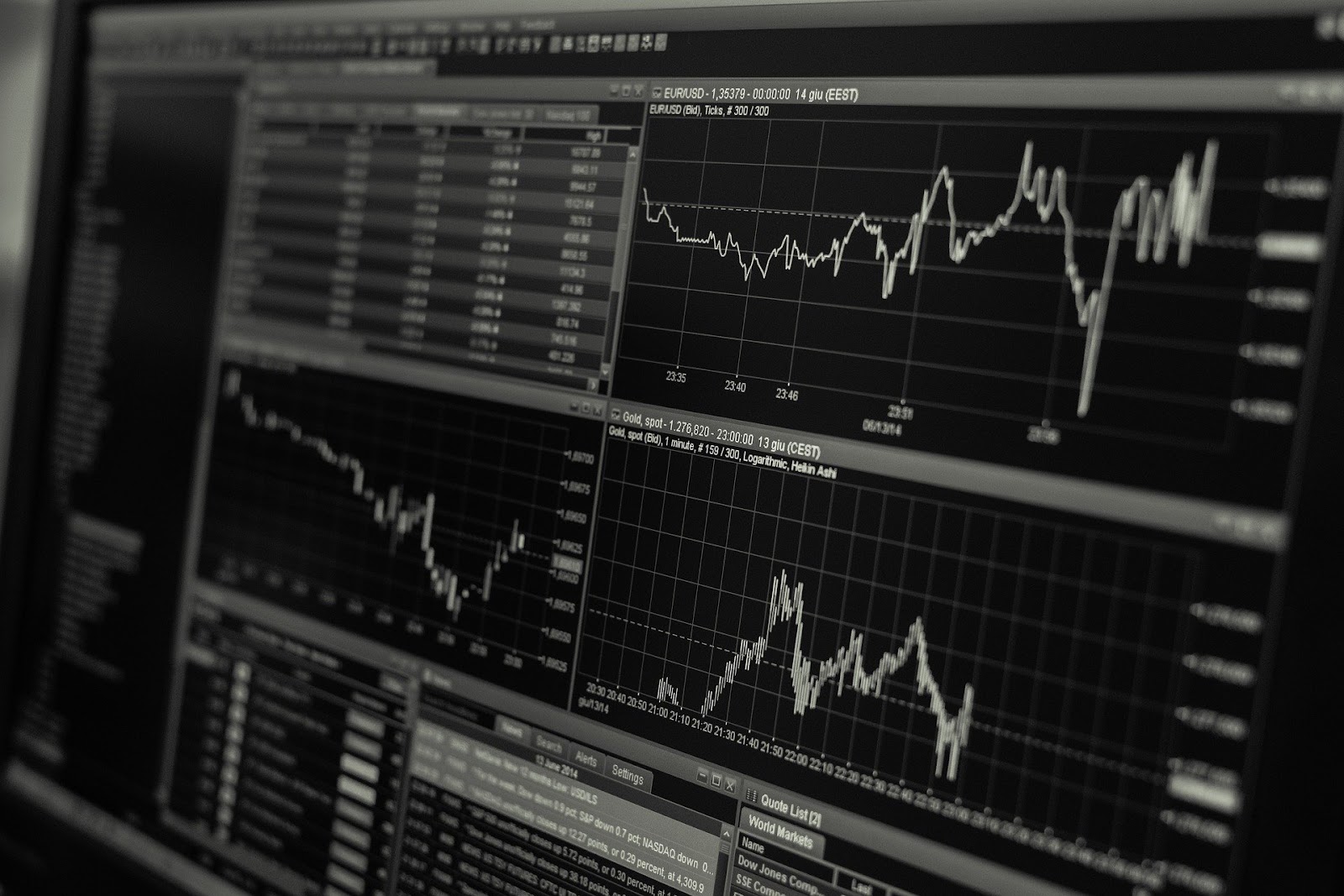Analyzing Recent Market Volatility
NOTE: THIS BLOG IS NOT FINANCIAL ADVICE NOR INVESTMENT ADVICE AND DOES NOT REFLECT THE VIEW OR OPINIONS OF MY EMPLOYER
May 22nd, 2022
It's been a volatile few months in the market with the VIX closing at 29.43 on Friday. Much of the selling and fear has to do with global central banks increasing policy interest rates to combat rising inflation. The impacts of rising interest rates have caused many to believe that there is an incoming recession. On Friday, the S&P 500 index closed up 0.01% to 3,901.36, closing just above bear market territory (20% lower than the recent record high).
In the below chart, I've analyzed the S&P 500 index compared to the Effective Federal Funds Rate and US CPI.
From this, we can see that the rise in inflation and effective interest rates has been coupled with a decline in equity prices. In the global financial crisis, we witnessed high inflation, but effective interest rate declines were more reactive to the shock compared to this correction. In the Y2K Dot-Com Bubble, the effective interest was the highest and inflation was the lowest, during the Y2K correction, high valuations and aggressive speculation was the main driver of the bubble. This correction has been specifically targeted at high-valuation technology securities that saw rapid growth during the beginning part of the COVID-19 pandemic. Currently, YTD index returns are as follows:
- S&P 500: -(18.14%)
- NASDAQ: -(27.42%)
- Dow Jones: -(13.97%)
- EURO STOXX 50: -(14.92%)
- TSX 60: -(5.01%)
- NIKKEI: -(7.13)
As shown above, the tech-heavy NASDAQ has seen the greatest decline YTD in 2022. The largest weights in the NASDAQ include: AAPL (~12.4%), MSFT (~10.4%), AMZN (~6.0%), GOOG (~3.8%), and TSLA (~3.8%). All of these stocks have seen significant declines with concerns over valuations and muted economic growth.
Additionally, the FED has mentioned that it plans to shrink its balance sheet. Before the GFC, the FED had less than $1.0Tn in total assets. In February 2020, the FED had ~$4.2Tn of total assets on its balance sheet, this number has exploded to ~$8.9Tn in total assets. During the COVID-19 pandemic, volatility in money markets caused the US central bank to purchase $120Bn of fixed-income securities per month ($40Bn of Mortgage-Backed Securities, $80Bn of Treasury securities). The reduction of the balance sheet coupled with an increase in interest rates will create a reduction in liquidity which will continue to cause market volatility. That is the shock created by the shift in monetary policy, fiscal policy has also added to the equation. The reduction in pandemic funding and government stimulus coupled with rising interest rates on home, auto and student loans has also reduced the power of the consumer. Waning consumer confidence and power is also having a significant impact on volatility and equity values. All of these COVID-19 policy retractions are happening at the same time that Shanghai is just getting over another major coronavirus outbreak. The slowdown in economic activity out of China has also impacted business confidence and global supply chains. Lastly, geopolitical issues with Russia's invasion of Ukraine have caused a significant shock in wheat, corn, sunflower seed oil, and other essential products.
Together inflation, rising interest rates, reductions in COVID-19 stimulus, resurging COVID-19 outbreaks, slowing economic activity, supply chain issues and geopolitical tensions have caused robust market volatility, reduced consumer confidence and a decline in security prices.
The above tables highlights how impactful all these factors have been on gas prices, commodity prices, equity markets and more. The other historical corrections highlight that these price shocks are a natural part of a market reacting to changes in liquidity and valuations.
Outlook
The impact of changes in monetary and fiscal policy will continue to play a significant role in this correction. However, market participants have mostly included the impact of these changes in current forecasts. However, central banks may need to adjust their speed depending on how persistent inflation is. With China slowly starting to recover from its recent outbreak, we should start to see a reduction in supply chain bottlenecks and enhanced commerce from emerging markets. Geopolitical tensions will continue to remain uncertain, thus unanticipated shocks are still a possibility going forward. Overall, its important to remain cautiously optimistic in these times, there will be buying opportunities but there are certainly several unknown factors that can caused further volatility in the months ahead.NOTE: THIS BLOG IS NOT FINANCIAL ADVICE NOR INVESTMENT ADVICE AND DOES NOT REFLECT THE VIEW OR OPINIONS OF MY EMPLOYER
Reference
1. multpl.com. Source. Accessed May 22, 2022
2. FRED Economic Data. Source. Accessed May 22, 2022
3. U.S. Bureau of Labor Statistics. Source. Accessed May 22, 2022





Comments
Post a Comment